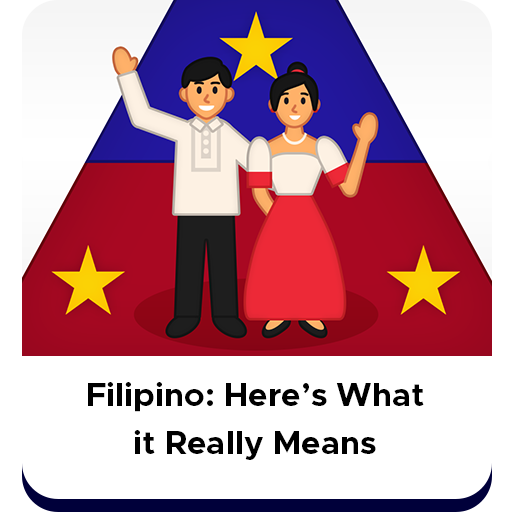What Influences Your Preferred Tongue?
by John Jacob Matubis | November 14, 2023

When I was younger, I wasn’t particularly fond of cats because I found them quite weird. But as I got older, I realized that I, too, am pretty weird so I figured why not give them a chance. And to my surprise, I grew to love cats so much that I am now living with two Persian cats. The point is, everyone has their own liking or preference and this could change overtime. We may have different tastes in pets, food, music, movies, fashion, and even language. And our study uncovered that the preferred language of Filipino youth may be influenced by their family and culture, mass media, and friends or peers.
Noam Chomsky’s nativist theory suggests that infants learn how to speak a language first and foremost from their parents. This is how they learn different words and phrases. Our study found that family and culture play a pivotal role in shaping the preferred language of Filipino youth, as home serves as their first exposure to language. Growing up in the Filipino way of life, they were taught the Filipino language, which is the primary tongue in most households today. The casual and informal communication at home also explains why youth often opt to use Filipino in casual settings.
Mass media also plays a significant influence, especially among the youth who extensively consume various media forms like books, films, TV shows, music, video games, the internet, and social media. Our study found that these choices of media are all based on their preferred language and the entertainment value they get. Exposure to mass media has also helped enrich their vocabulary, introduce new terms and definitions. Many Filipino youth have also noted their preference in consuming most of these media in English than Filipino due to their preference for international media.
The declaration of English as an official language alongside Filipino provides Filipinos with language alternatives in day-to-day communication. This has led to the emergence of “Taglish,” a blending of English and Filipino words or phrases. Although considered informal as it indicates a lack of fluency, Dr. Orathai Chureson notes that Taglish is prevalent in today’s media, as we see this in the given names of children, media outlets, advertisements, tv programs, movies, social media, and language in schools.
In academic settings, Dahlia Domingo’s study on freshman college students reveals a preference for Taglish in subjects like Mathematics, combining Filipino for conceptual explanations with English for mathematical terms. Nelson Tana’s exploration of Filipino students’ language perception and proficiency underscores that their language patterns and behavior are determined by the people they make regular contact with such as their friends or peers.
Some Filipino youth have stated that they learn more when they are exposed to the language that their friends and peers use. The nuances, culture, and language skills are improved through bonding with their peers since spending more time with friends than with family influences them to adopt their friends’ communication style. With this, their proficiency in the language becomes more natural, leading them to prefer that language more due to its ease of communication.
All these factors play a role in influencing the language choices of Filipino youth. Starting from their early years, they absorb the language spoken by their parents at home. As they grow, the influence expands to the media they enjoy, shaping their linguistic inclinations. And the immersion with friends further solidifies this preference, as they adopt and communicate in the language shared among peers. It is a fascinating journey of experiences and influences that collectively shape the unique linguistic point of view of a young Filipino.

